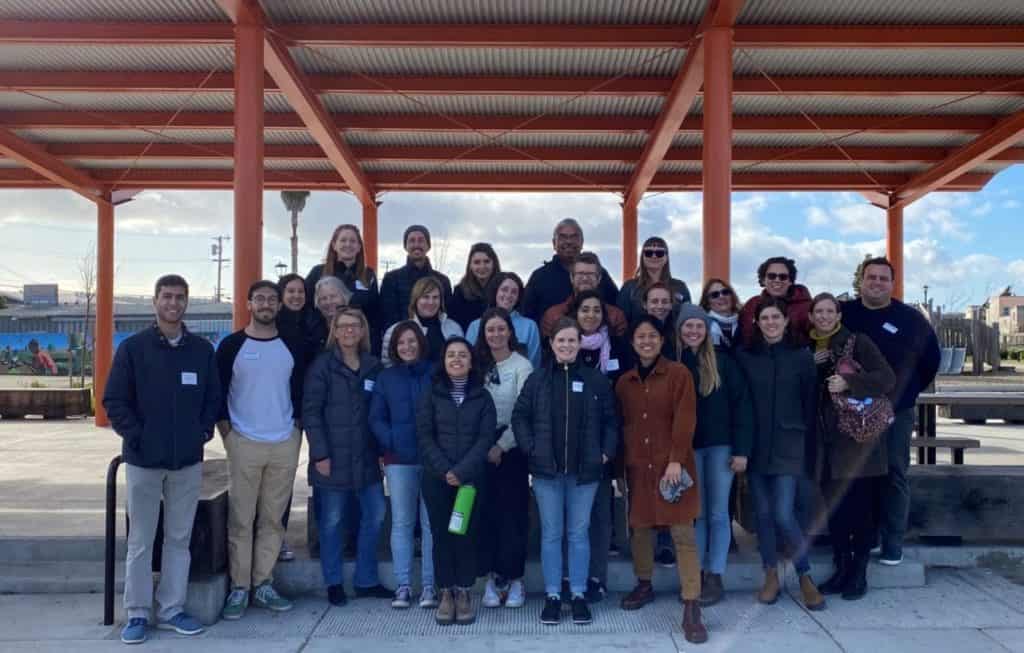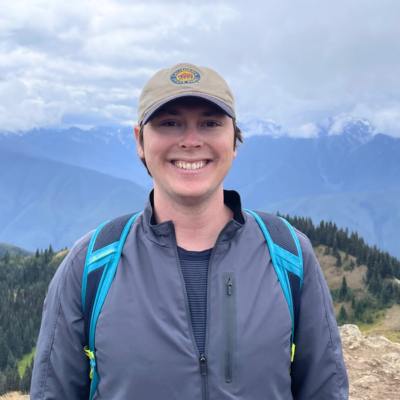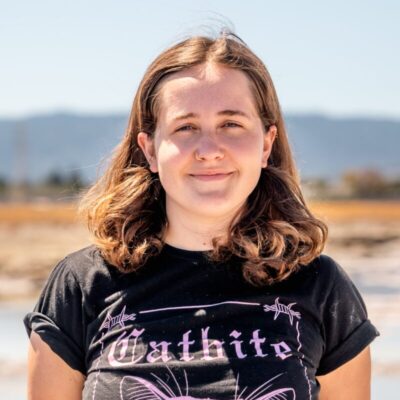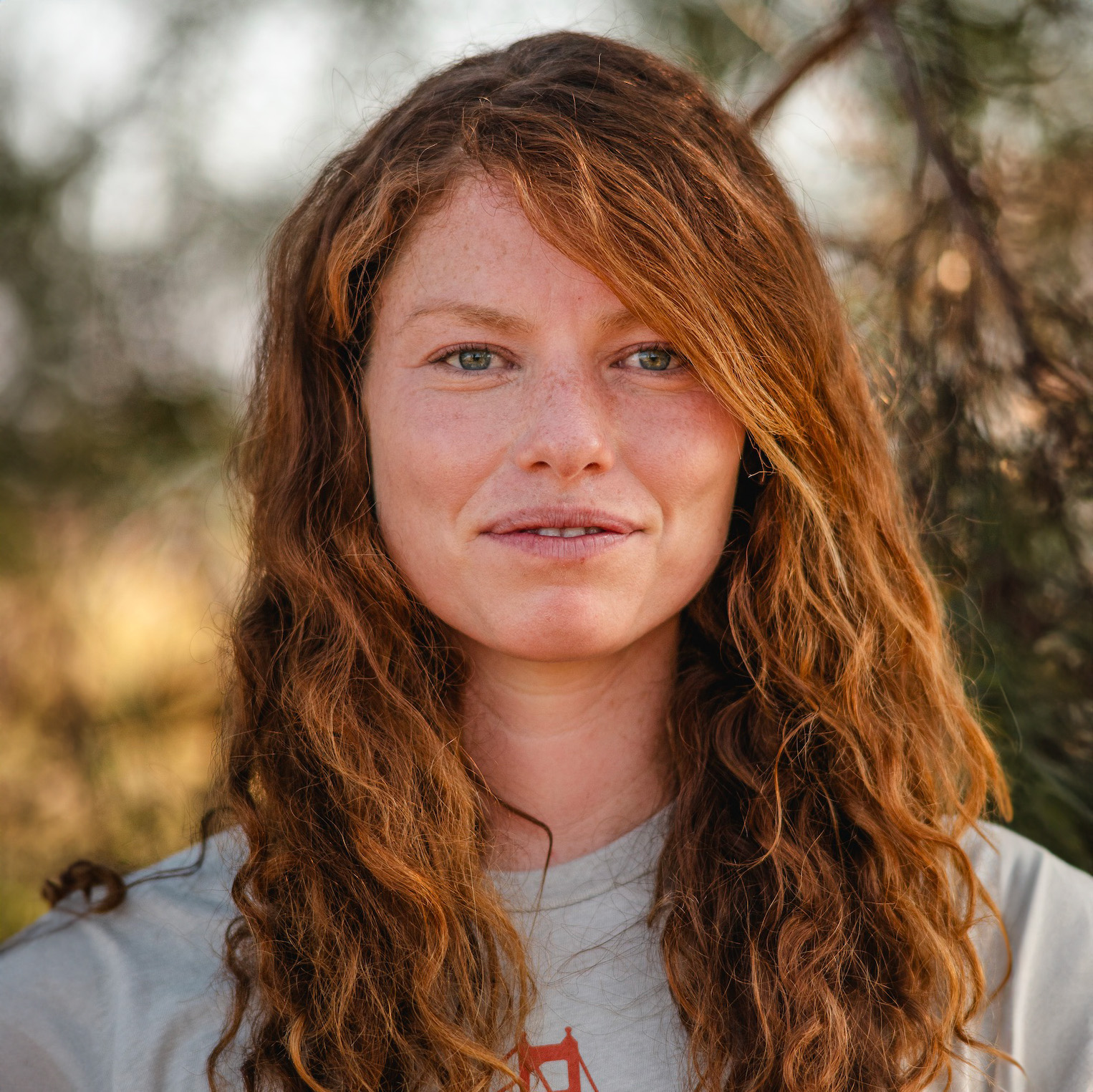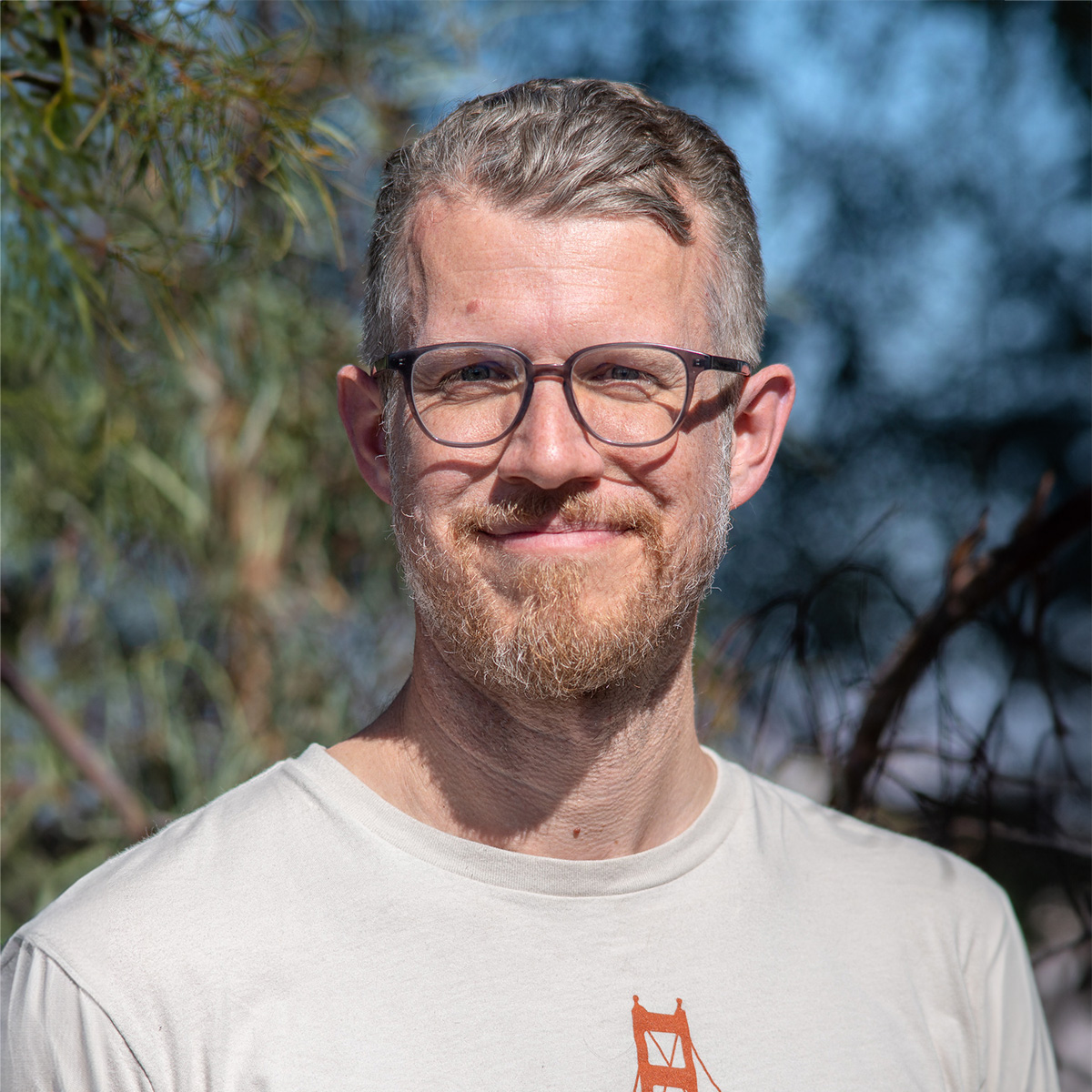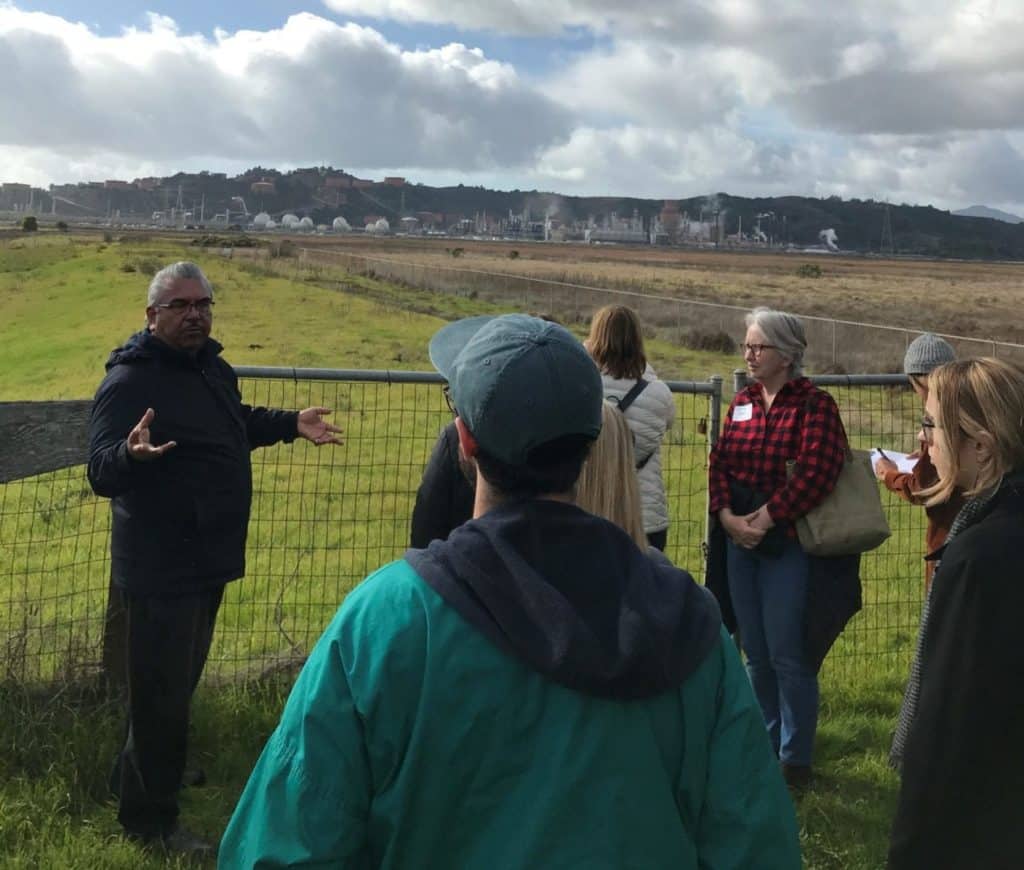
Save The Bay was hosted by Communities for a Better Environment (CBE) who led a tour of the city of Richmond about the deep and fruitful history of the city and its environment. Founded in 1978, CBE is regarded as one of the distinguished environmental justice organizations in the US. CBE states its mission is to, “build people’s power in California’s communities of color and low-income communities to achieve environmental health and justice by preventing and reducing pollution and building green, healthy and sustainable communities and environments.”
Andrés Soto, the Richmond Community Organizer for CBE, led the tour and gave a presentation about Richmond and its environmental and political history. Richmond and parts of the East Bay were first inhabited by the Chochenyo people dating back to 4000 BC. Fast forward to the early industrial age when Standard Oil (now known as Chevron) built its first refinery in Richmond in 1901. Chevron’s oil refinery has grown steadily since then and has become a major employer and political influencer in the city. The oil refinery has become the centerpiece of numerous environmental challenges the city has faced since its inception.
The 3,000 acre Chevron oil refinery is the largest emitter in the area and the top greenhouse gas (GHG) emitter in the state of California. In August 2012, the Chevron oil refinery had an explosion that caused a toxic cloud of smoke to spread over Richmond which led to 15,000 residents seeking medical treatment. It’s important to note that Richmond only has one medical center, Kaiser Permanente, making it troublesome for residents to receive treatment.
Andrés led our group throughout Richmond after his presentation, starting with a portion of the San Francisco Bay Trail. The Chevron oil refinery and its subsidiaries could be seen in the distance, with the evident gas flares from the facility. For lunch, our group stopped at Point Molate and ate alongside the shoreline which offered a marvelous view of the Richmond-San Rafael Bridge. CBE successfully helped oppose the construction of a casino at Point Molate where a portion of the SF Bay Trail is.
This was a critical victory for Richmond as it allows native eelgrass beds to remain along the shore and not be compromised. Eelgrass is an essential aquatic plant that provides habitats for a wide range of fish and wildlife. With the loss of eelgrass in an ecosystem, fish abundance and diversity decline dramatically.
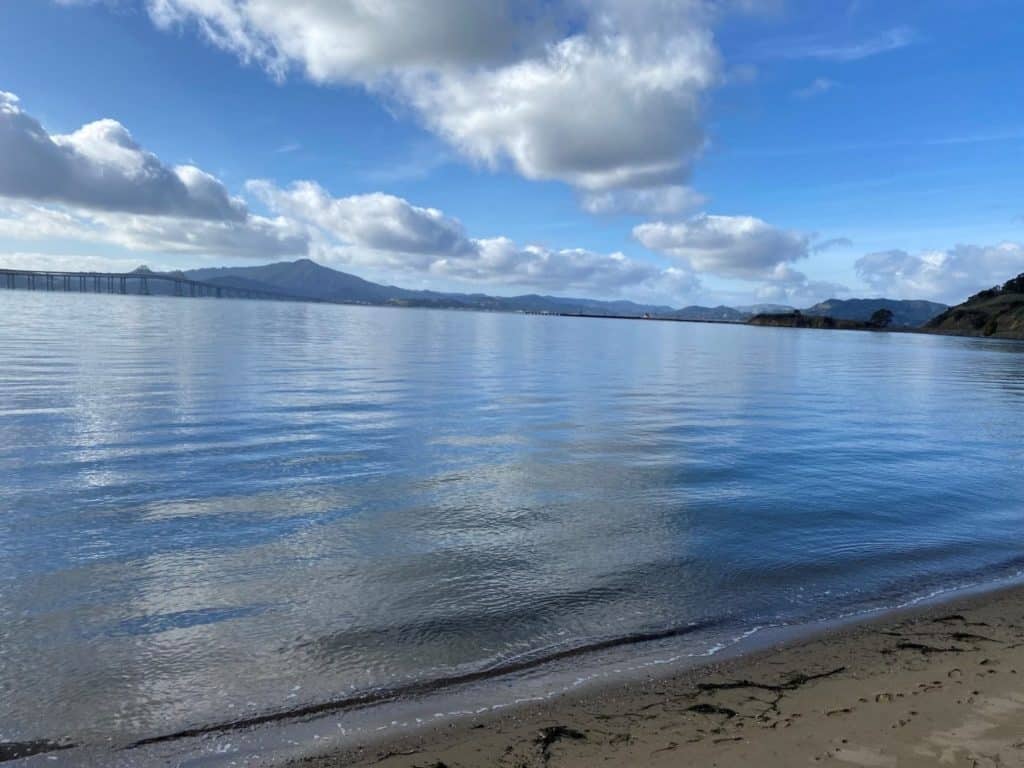
We continued on our tour to view some of the different industries in the city. Our tour ended at Unity Park, a community revitalization project that has natural stormwater infrastructure which captures plastic and pollutants, an orchard, and repurposed materials. Save The Bay finished with a debrief about the lessons learned along the tour and what we took away from our time with CBE in Richmond. It is inspiring to see an organization such as CBE bring such meaningful change and influence to Bay Area communities such as Richmond that has organized in support of environmental justice for many years.
